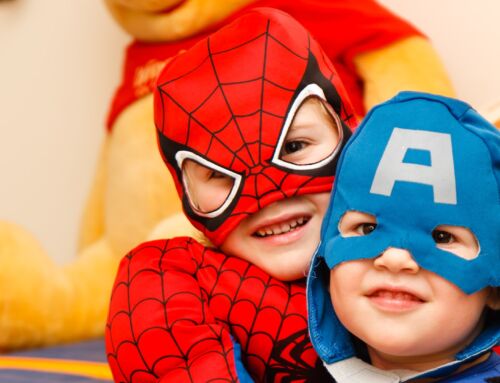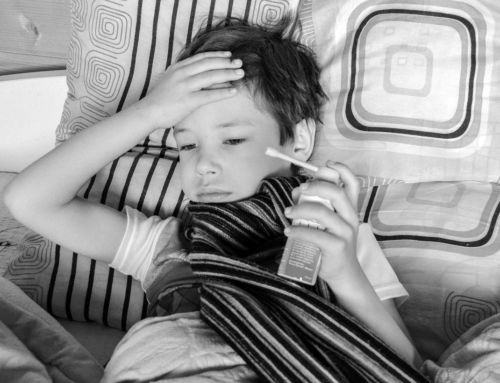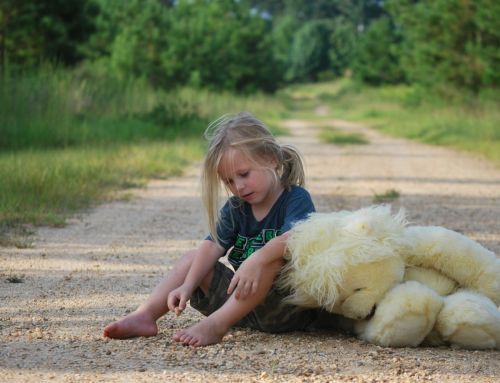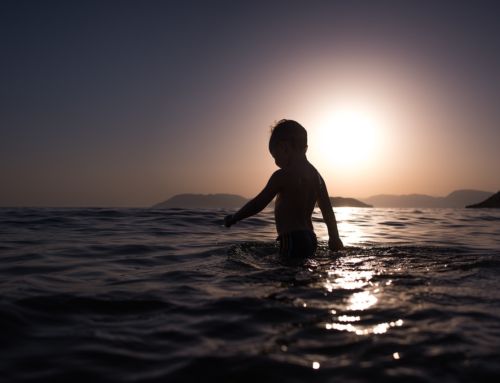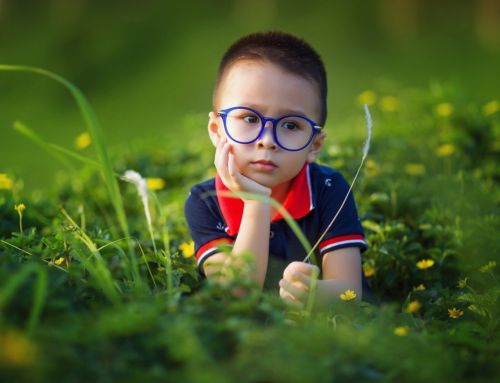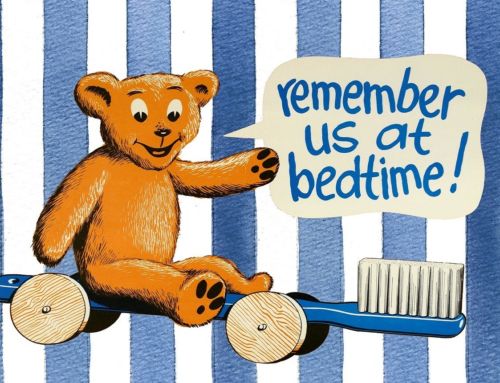What Kids Are Scared of – How to Overcome that
..
Getting scared is a normal and important part of child development. When children get scared they learn to understand risk, evaluate threats and manage emotions. They learn these skills regardless of what they are scared about. In other words, Children being scared about the dark are in training for managing fear as an adult. Here we will discuss anxiety in Kids and what kids are scared of.

Arthur, 18 months old, runs into his room, cover his ear, crying and panicked, while his mother triggered the blender to him with a healthy drink. He gets scared of strange sounds, like someone knocking at the door, or with the sound of hair dryer, Vacuum cleaner, Stranger coming to their house – says Eileen, Dearborn mom.
It is natural for kids to be scared of loud noises, strangers, or other objects, Although it is stressful for children and parents, a sign of relief is that’s it’s a development process where your Child is gaining awareness of the world and trying to make sense of it. You can help your child to take charge of his fear and walk confidently through his childhood.
Common symptoms of anxiety in kids
Thumping heart, rapid breathing, sweating, tense muscles, nausea, and dread are familiar symptoms of anxiety that accompany a “fight, flight, or freeze” reaction triggered by real or imagined threats, like a snarling dog or new social experience. Anxious children may be clingy, startle easily, cry or have tantrums, sleep poorly, and have headaches or stomachaches.
But anxiety is not all bad. “It can motivate us, or help us avoid danger,” says Dr. Mona Potter, medical director of McLean Anxiety Mastery Program and McLean Child and Adolescent Outpatient Services. “The problem is when anxiety gets out of hand and makes decisions for us that are no longer helpful — maybe even paralyzing.” By that point, normal anxiety may have become an anxiety disorder.
Types of anxiety in kids
Stranger Anxiety – When a child is wary of anyone other than his primary caregiver, they develop stranger anxiety. It’s a good sign, its means that your baby has started to differentiate between familiar and unfamiliar faces. This is quite frustrating for parents when everyone is willing to see their bundle of joy, and they started crying and bring the whole house down.
Solution: You should meet new people more frequently and assure your child that you are safe with them. Since the trust relationship between you and your child is already developed, they will start feeling comfortable with the newer faces.
Separation Anxiety – Babies’ brains and nerves grow rapidly in the first two years of life, they born with a very immature nervous system. Separation anxiety disorder is a condition in which a child becomes fearful and nervous when away from home or separated from a loved one – usually a parent or other caregiver. Separation anxiety develops after a child gains an understanding of object permanence. Once your infant realizes you’re really gone (when you are), it may leave him unsettled. Many toddlers skip separation anxiety in infancy and start demonstrating challenges at 15 or 18 months of age.
Solution: To help your child handle separation, play games like peekaboo often, so she understands you’re still there even if she can’t see your face.
Create quick good-bye rituals, give kisses, or provide a special blanket or toy as you leave, keep the good-bye short and sweet. When you’re ready to move on to real life, start out by leaving your child with your spouse first, then a close relative or friend, and finally a babysitter. Your baby should begin to see that person as a member of the family, and she’ll be happy to stay with her when you need to leave.
Dr. Patrick says, if you leave without saying goodbye, your child will have a shock when he looks for you and you’re gone, not only boosting his fears of your disappearing but instilling a lack of trust as well.
Fear of Noises – As your child grows, they develop the need for independence and control over their surroundings. That means things beyond their control can frighten them. Jumping dog, Toilet flush sound of thunder are greatly contributing.
Solution: The best way is to assure your child multiple times that this is a part of their surroundings. Involve these sounds in playful activity with them.
Nighttime Anxiety – By the age of 2, your little one gears into the phase of imagination, where they imagine things but not actually seen. This leads to fear of darkness and imaginary monsters. Your child might start waking up in the middle of the night in fear, unsettled and stressed.
Solution: Try asking your child about his fear and what he wants to make him comfortable. You can stay with him to settle him down and help overcome his fear. During these scenarios, the more you listen to your child is better. Also, avoid any bedtime stories involving superheroes or monster figure creatures. Keep up to sweet and happy stories.
Kids also start coping with their anxiety in unhelpful, unhealthy ways. For instance, they might develop specific rituals when getting out the door for school, said Katie Hurley, LCSW, a child and adolescent psychotherapist. This is why it’s vital to intervene early. Laughter and whimsy go a long way toward curing ills, including anxiety. If your toddler fears thunderstorms, make up a story (the ancient Greeks did) about a magical being who makes lightning bolts. If your toddler won’t take a bath because he thinks he’ll get sucked down the drain, put a small plastic chair in the tub, get a couple of colorful sponges, and spray him with a shower attachment. Be creative about helping your child resolve his worries.
SIMILAR READS: Meditation For Kids – Importance and Benefits
All the advice here from a health professional should be considered as an opinion. We recommend seeking direct advice from your doctor.
References:
- Harvard Medical Publication: https://www.health.harvard.edu/blog/anxiety-in-children-2018081414532
- Anxiety and Depression Association Of America: https://adaa.org/living-with-anxiety/children


